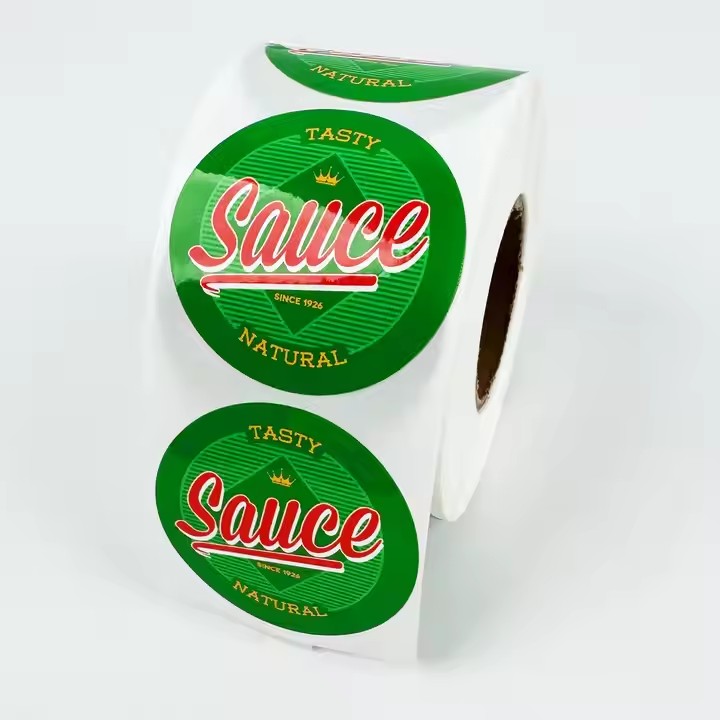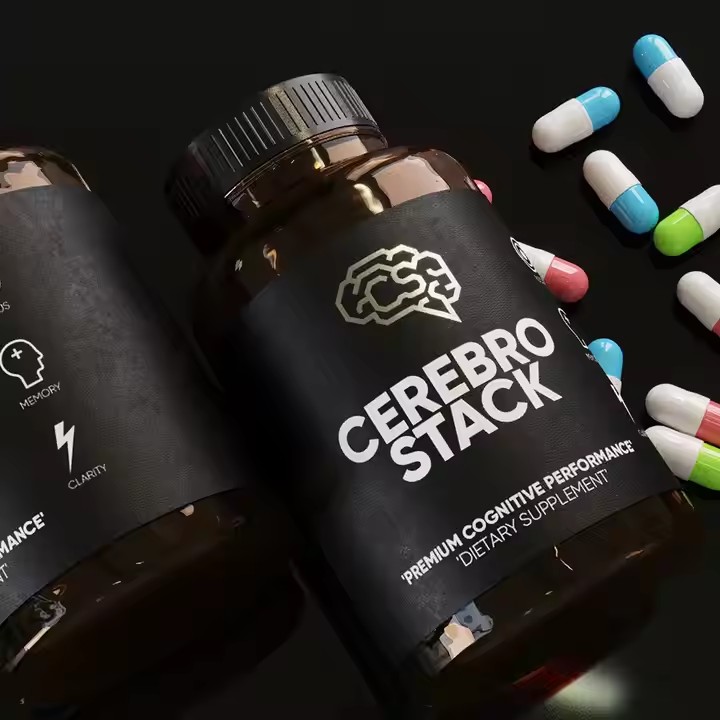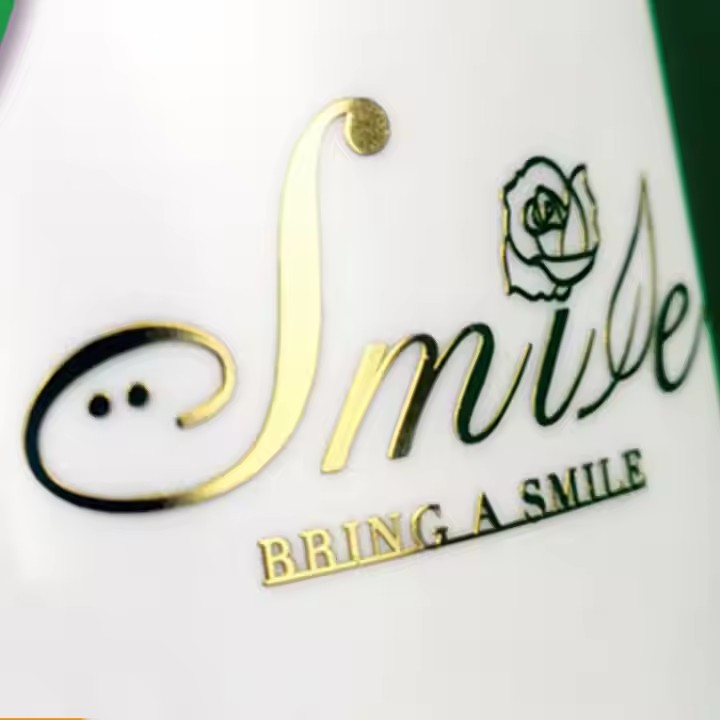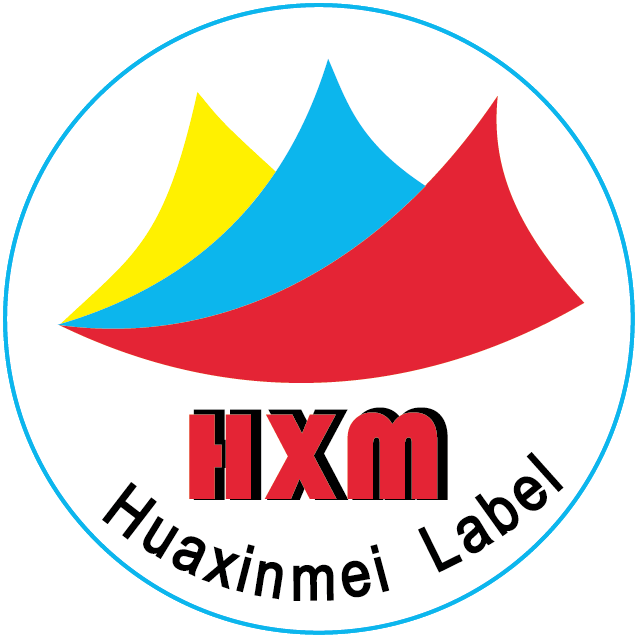Wine labels, which are attached to the surface of red wine, require elaborate design to attract consumers as much as possible. The patterns on the wine label need to be designed beautifully to draw consumers in and prompt them to make a purchase. Commonly, the patterns on wine labels might feature a carriage, symbolizing a type of red wine that was once exclusive to Western aristocrats. Additionally, it could be designed in the form of a palace, suggesting that it was the wine reserved for the court.
Create a Unique Visual Style
Color Utilization: Color is one of the most visually striking elements in wine label design. For red wines renowned for their rich and mellow flavor, deep and intense red shades like Burgundy Red and Cabernet Sauvignon Red can not only vividly reflect the wine’s color characteristics but also convey a passionate, noble, and mysterious emotional aura, spurring consumers’ purchasing desires. For refreshing white wines, light hues such as white, light yellow, or light blue can create a fresh, elegant, and pure ambiance that aligns with their taste profiles. Moreover, the skillful use of color contrast, such as combining bright warm and cold tones, can make the wine label stand out on the shelf and instantaneously seize consumers’ attention. The application of color is the foremost and crucial principle in attracting consumers, as it aims to create labels with impact and memorability through bold color combinations.
Graphic Design: Selecting graphics that are closely related to the wine product and highly distinguishable is of utmost importance. Elements like grape clusters, grape leaves, and oak barrels directly pertain to the wine-making ingredients and process, enabling consumers to quickly identify the wine type. If the wine hails from a particular renowned region, such as Bordeaux or Champagne, incorporating local representative landmarks and scenery, like the Garonne River in Bordeaux or the vineyards in Champagne, onto the wine label can enhance the product’s regional identity and credibility. Abstract graphics can also shine. For example, smooth curves can represent the silky texture of the wine, while combinations of irregular geometric shapes can evoke a fashionable and avant-garde artistic feel, catering to consumers with an appetite for individuality. Graphic design should not only accurately convey meaning but also balance aesthetics and innovation to become the highlight of the wine label.

Font Design: The choice of font is akin to picking a “voice” for the wine label, as it can convey the style and personality of the wine. For high-end and luxurious wine products, refined and ornate classical fonts with serifs, such as variants of Times New Roman, exude a solemn and elegant charm, hinting at their extraordinary quality. For modern and simple-style wines, sans-serif fonts like Arial and Helvetica are clean and generous, with sleek lines that embody a fashionable and efficient vibe, suiting the fast-paced lifestyles of young consumers. Handwritten fonts can imbue the wine label with a human touch and artistic allure. When used on limited edition or treasured wine labels, they can add uniqueness and a sense of exclusivity. It is essential to ensure that the font remains legible at different sizes and coordinates harmoniously with the overall visual style. Design can be integrated with fashion trends, given that fashion commands the most attention. Thus, aligning with fashion can rapidly boost a product’s popularity.
Incorporate Interactive and Smart Elements

Special Printing Techniques: By employing hot stamping processes like gold and silver foiling, a luxurious texture can be imparted to the wine label. For instance, applying golden or silver lines to the edges of the brand logo, key patterns, or text makes them gleam under light, instantly elevating the label’s grade. The embossing process can mimic various textures such as leather, wood grain, and stone, allowing consumers to tangibly experience a rich texture when touching the wine label, adding a sense of authenticity and immersion to the product. UV printing can create a bright, raised effect on specific areas, highlighting crucial information and captivating consumers’ attention. The artful application of these special printing techniques can transform the wine label from a flat surface to a three-dimensional one, extending its allure from vision to touch and captivating consumers from all angles. Through these advanced hot stamping and other processes, the label can appear more exquisite and magnificent.
Variable Data Printing and QR Codes: Utilizing variable data printing technology, each bottle of wine can be assigned a unique code, pattern, or greeting. Consumers will be pleasantly surprised by this sense of individuality when making a purchase, and it also facilitates the brand’s product tracing and precision marketing. Paired with QR codes, consumers can scan the code with their mobile phones to access detailed product introductions, brewing videos, tasting notes, winery stories, and even engage in online interactive activities like lotteries and winning rewards for sharing tasting experiences. This online-offline interactive approach not only strengthens the bond between consumers and the wine product but also broadens the brand’s communication channels.
Smart Wine Label Technology: With the continuous advancement of technology, smart wine labels are emerging. A wine label embedded with an NFC chip enables consumers to swiftly obtain detailed wine information, including origin, variety, vintage, and the winemaker’s comments, and can even automatically link to the official online store for purchase. A wine label made of thermosensitive material will display different colors or patterns at different temperatures, adding an element of fun and mystery to the wine product. For example, a white wine whose label reveals a hidden snowflake pattern after refrigeration can offer consumers a novel experience. Smart wine labels allow wine products to break free from the constraints of traditional packaging and embrace consumers with innovative technology, inaugurating a new marketing paradigm.

Emphasize Quality and Certification Marks
Clearly display all kinds of quality certification marks obtained by the wine product on the wine label, such as awards from international wine competitions, organic certifications, and geographical indication protection product marks. These marks serve as authoritative endorsements of the wine’s quality, enabling consumers to quickly distinguish high-quality products from numerous competitors. At the same time, use concise and clear language to describe key quality information such as the wine’s brewing process, raw material selection process, and aging time, like “Hand-picked grapes, aged in oak barrels for 18 months”, allowing consumers to intuitively understand the craftsmanship and quality assurance behind the wine and bolstering their confidence to make a purchase.


